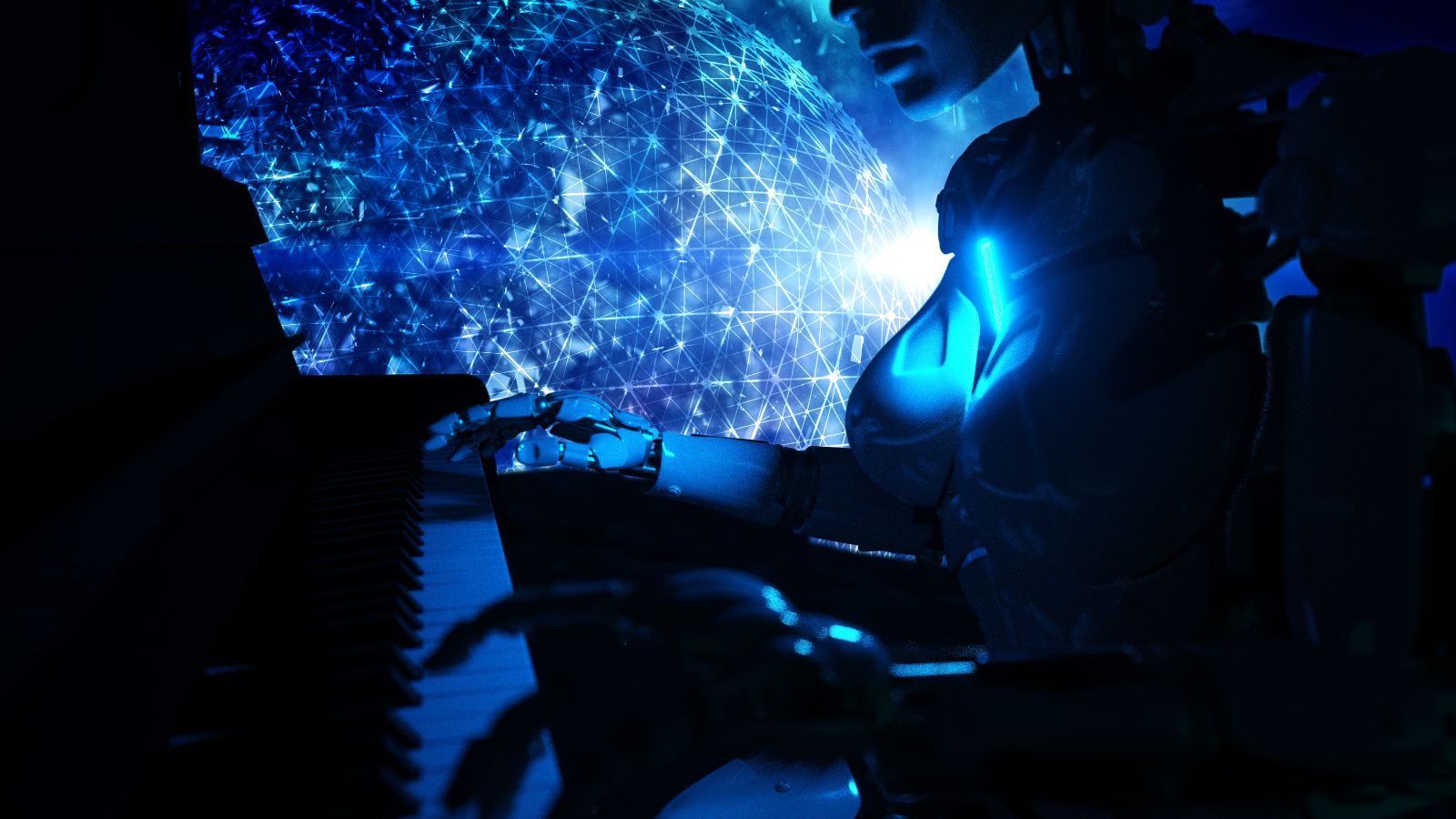In many cultures, music isn’t just art—it’s a mirror of the natural world. From the rustling of leaves to the call of birds, traditional and indigenous communities have long drawn inspiration from the wild. These communities have created music that echoes forests, rivers, animals, and weather—capturing the living, breathing rhythm of nature.
But as industrialization and globalization sweep across the globe, many of these precious sound traditions—often deeply tied to local wildlife—are vanishing. The chirp of a bird once mimicked in song, the gallop of wild horses reflected in drumbeats, or the harmony of frog calls echoing in twilight chants—all risk being lost.
Now, artificial intelligence (AI) is emerging as a powerful ally in preserving these animal-inspired melodies, helping translate nature’s symphony into digital form.
Echoes of the Animal Kingdom
Wildlife has always had a starring role in music—especially in indigenous cultures. Instruments carved from natural materials often mimic bird calls, flowing rivers, or the thunder of buffalo herds. Vocals channel the howl of wolves, the screech of eagles, or the hum of bees. These aren’t just sounds; they’re stories of survival, spirituality, and coexistence.
With the help of AI, researchers and cultural preservationists can now analyze and recreate these rhythms, offering a way to ensure nature’s soundtrack doesn’t fall silent.
AI Music Inspired by Nature
Tools like the AI music generator from text allow us to go a step further. By feeding in prompts such as “jungle drums with howler monkey calls” or “arctic winds and whale songs,” creators can generate music that reflects specific natural environments.
This isn’t about replacing tradition—it’s about honoring and amplifying the wild origins of traditional music using modern tools. These AI-generated compositions serve as sonic sanctuaries, preserving the spirit of animal-inspired melodies for future generations.
Preserving Sonic Biodiversity
Just as we track endangered species, we can now track endangered soundscapes. Many traditional animal-themed songs have never been recorded or transcribed, existing only in the memories of elders or within specific ceremonies tied to local ecosystems.
Today, AI-powered transcription tools can listen to old field recordings from rainforests, deserts, or savannahs—and turn them into musical notation. These efforts help conserve sonic biodiversity, ensuring that rare bird calls, insect rhythms, or whale song harmonies aren’t lost with time.
Indigenous Guardians and the Voice of the Wild
Indigenous musicians often see themselves as caretakers of the land—singing to rain spirits, mimicking animals to show respect, or telling stories through animal metaphors. Some of these guardians are now working hand in hand with AI researchers to archive their eco-centric compositions.
The result? Songs where AI-generated flutes mimic the whistle of hawks, or digital drums carry the thunder of hooves across digital plains. The collaboration is not about technology replacing tradition—but about helping it travel further, wilder.
Reconnecting People with Planet Through Sound
As environmental challenges grow, music becomes a medium for connection. AI-generated wild music can be used in wildlife documentaries, eco-education, rewilding projects, and conservation campaigns—bringing people closer to the animals and ecosystems that inspire these sounds.
Imagine children learning the cry of a wolf not from a textbook, but through a song created with real wolf howls and traditional chants. Or eco-tourists hiking through a forest while listening to AI-composed tracks that blend native music with local birdcalls.
Final Thoughts: Nature’s Symphony, Remixed
AI is not just a tool for data. In the right hands, it becomes a guardian of the wild—helping us preserve the world’s most endangered melodies: those shaped by nature itself.
From the pattering of rain on leaves to the low rumble of elephants, the earth has always sung to us. Now, thanks to AI, we can listen, learn, and help others hear it too.
And with tools like the AI music generator, we’re not just creating music—we’re channeling the soul of the wild, one song at a time.




